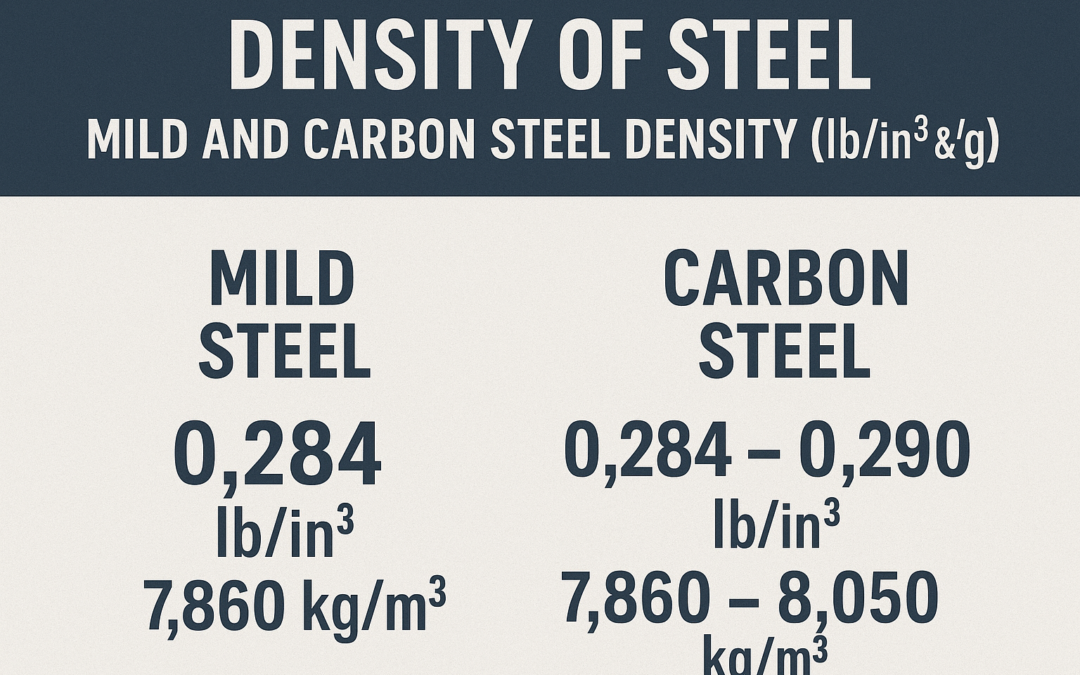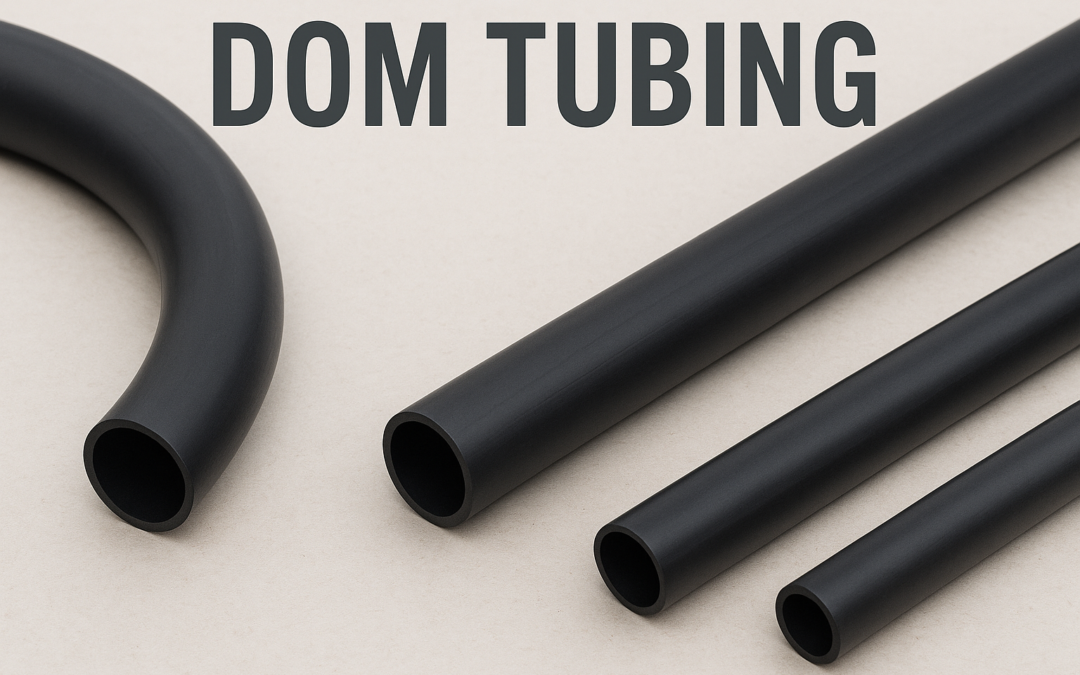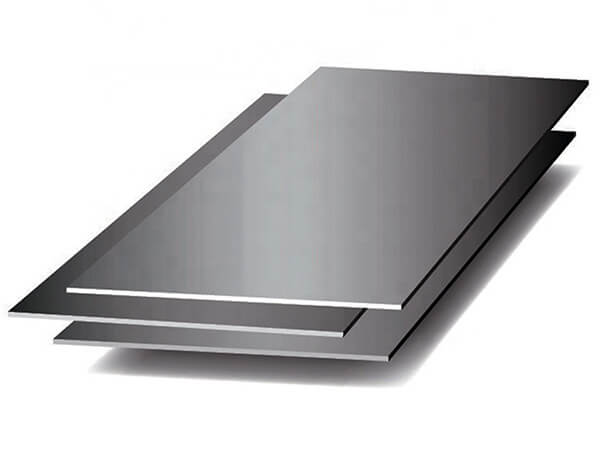
by user | Aug 7, 2025 | Blog
What is the Density of Steel? Steel has a density of 7.85 g/cm³ or 7850 kg/m³, equivalent to 490 pounds per cubic foot. Steel’s high density makes it a strong and dependable material suitable for demanding building tasks. Suppliers such as Buy A Beam provide...

by user | Aug 6, 2025 | Blog
Do you need a corrosion-resistant, high-strength alloy material for your next project? Consider using Inconel 625 or Alloy 625. These nickel-based alloys have high strength and corrosion resistance in extreme temperatures. But how do the two compare to one another?...

by user | Aug 5, 2025 | Blog, Inconel
In today’s industrial world, choosing the proper piping material is vital to ensuring performance, longevity, and safety in harsh environments. Among the many materials available, Inconel pipes and tubes have emerged as a top-tier choice for businesses that...

by user | Aug 1, 2025 | Blog
What Is DOM Tubing? Drawn Over Mandrel Mechanical tube (DOM) is a form of cold-drawn tube composed of 1020/1026 electric resistance welded steel. DOM tubing differs from standard electric welded tubing in that all flash is removed during the cold drawing process,...

by user | Jul 30, 2025 | Blog
Stainless steel plates are widely used across various industries and in everyday life due to their unique combination of properties, including durability, corrosion resistance, aesthetic appeal, and hygienic qualities. Key characteristics Composition: Stainless steel...

by user | Jul 27, 2025 | Blog
Carbon steel flanges play an essential role in piping systems, connecting pipes, valves, pumps, and other equipment to create a secure and leak-proof system. Known for their strength, durability, and cost-effectiveness, carbon steel flanges are widely used across...








